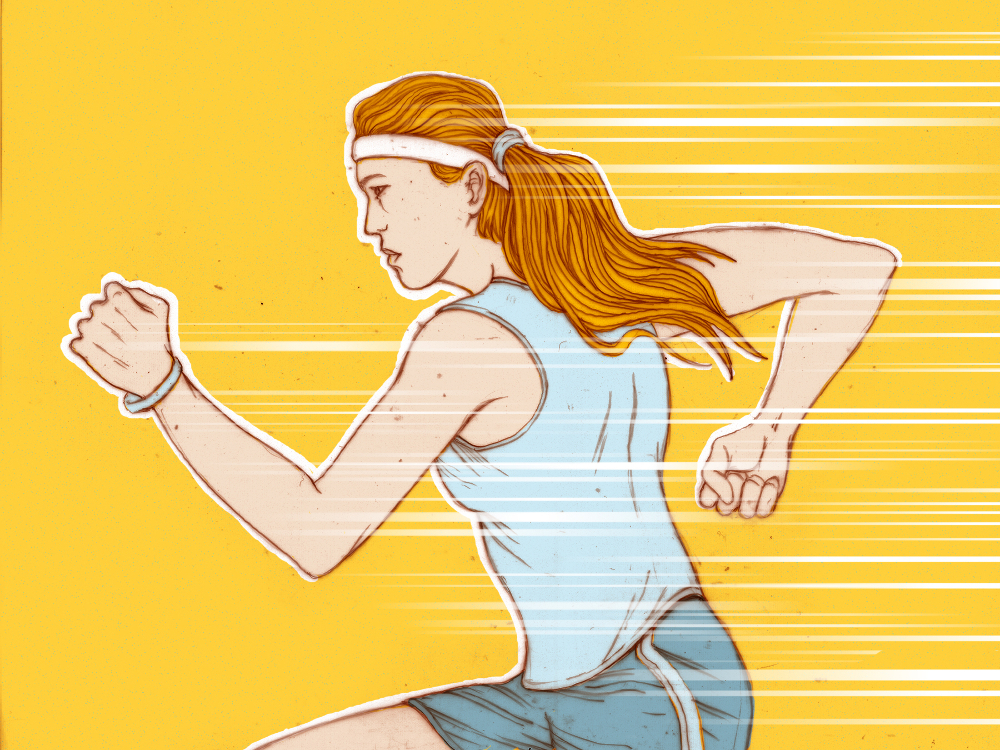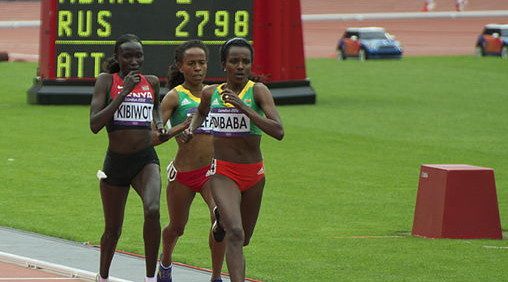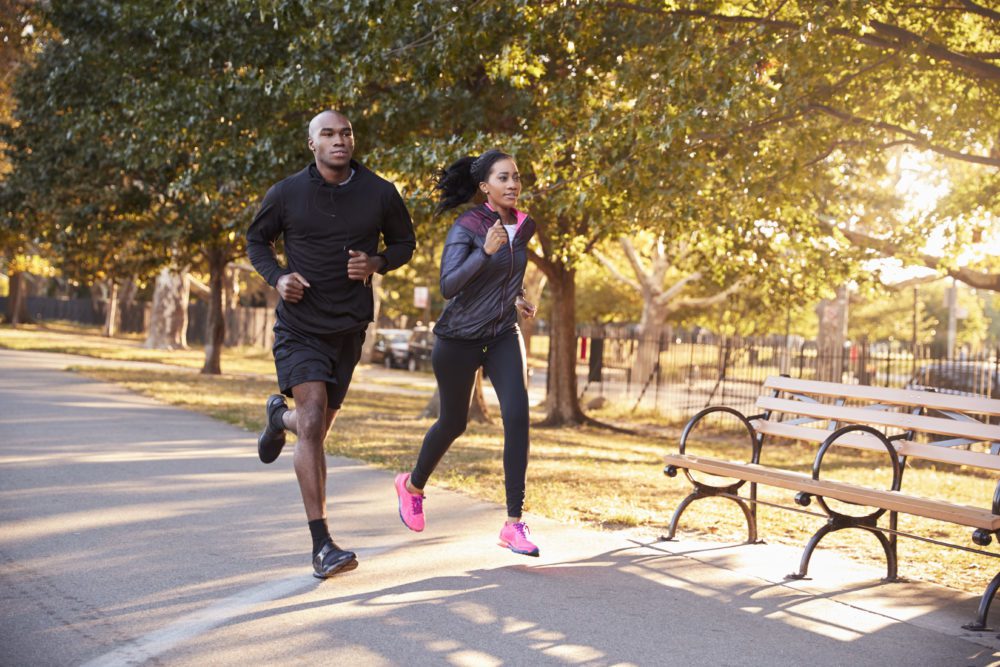A runner’s guide to proper arm swing
Because in running, your arms are just as important as your legs

As a runner, you probably spend more time thinking about your foot strike, your posture and your cadence than you do thinking about what your arms are doing. Arms may seem like a less essential part of running, but in reality, the movement of your arms can have a powerful effect on the action of your legs, your foot strike and even your ability to lean forward when you run. But what is the right way to swing your arms while you’re running?

RELATED: What not to focus on when fixing your form
You’ve likely been told something similar to this: bend your elbows at about 90 degrees and tuck them close to your sides, keep your hands relaxed, keep your shoulders down and arms low and focus on pushing your elbows back. The most important thing to remember? Never allow your arms to swing across your body.
Running technique expert Jae Gruenke has analyzed the running form of dozens of elite and non-elite athletes, and she is challenging this conventional wisdom. On her website, the balanced runner, she says that your hands should stay close to your body, and your elbows should stick out as much as they need to in order for that to be easy. This means that your elbows will likely be bent more than 90 degrees, and this angle will depend on your exact proportions.
One area where Gruenke sort of agrees with the standard advice on arm swing is when it comes to bringing your hands across your body. She says you should feel like your hands are tracing the line of one of your lower ribs as you move them on a diagonal pathway from your breastbone to your side, crossing them just barely to the middle of your body. This is a far cry from keeping your arms in the same plane of motion, as traditional advice suggests, but is still not going all the way across the body. Swinging your arms across your midline is a sign that you have excessive torso rotation. Additionally, she says how far back your arms swing depends on how fast you’re running.

So why is this the better way to run? The reason has to do with your arms’ connection to your core. Gruenke explains that it is the turning of your upper body that causes your hands to swing toward your midline, rather than front and back. When your core is moving well and you’re keeping your hands close to your heart, this is the natural way your arms should move.
OK, so allowing your body to move naturally sounds great, but how does this help you run faster? Gruenke goes on to explain that holding your arms this way — that is, keeping your hands up high and swinging to your midline — raises your centre of gravity, which makes you more unstable. In most circumstances, instability is a bad thing, but with running it’s actually very helpful. The reason is that if you can be moved by even the smallest action, it’s much easier to get yourself moving and then maintain that momentum.
She goes on to explain that keeping your hands close to your body can also help improve your foot strike, because our feet typically land underneath our hands. If you tend to overstride, holding your hands close to your body encourages your feet to land closer to your centre of gravity, which can help solve that problem. Similarly, holding your hands closer to your body makes it easier for you to lean forward while you run because it puts your entire upper body in a better position to be pushed forward.
It’s important to note (as Gruenke does in her writing) that these form cues are meant for anyone who’s running 1,500m and up. Sprinters and mid-distance runners’ form requires some important changes, and if you watch elite athletes in those distances run, you’ll notice the way they carry their arms and torsos is quite different.

The truth is, when it comes to arm swing there isn’t one exact right way to do it — just watch a dozen elite athletes run, and you’ll find that each of them do something at least slightly different. This is why allowing your body to do what it naturally wants to do is usually the best course of action, provided you’re still following a few universal rules:
- Your elbows should be bent between 70 and 110 degrees.
- Keep your hands closer to your heart (i.e. — don’t force yourself to hold them down low)
- Stay relaxed through your shoulders
- Allow your arms to swing toward the midline, but not so far as to swing across your body.


